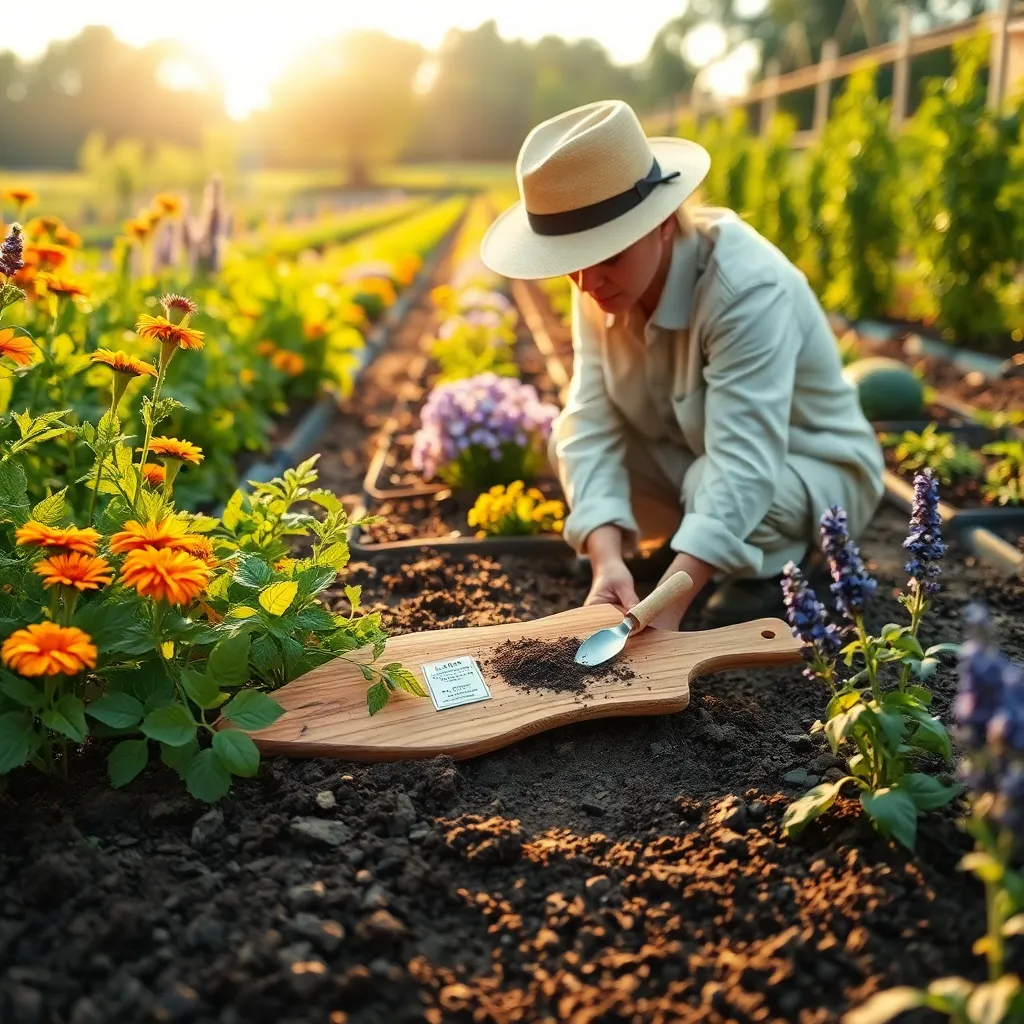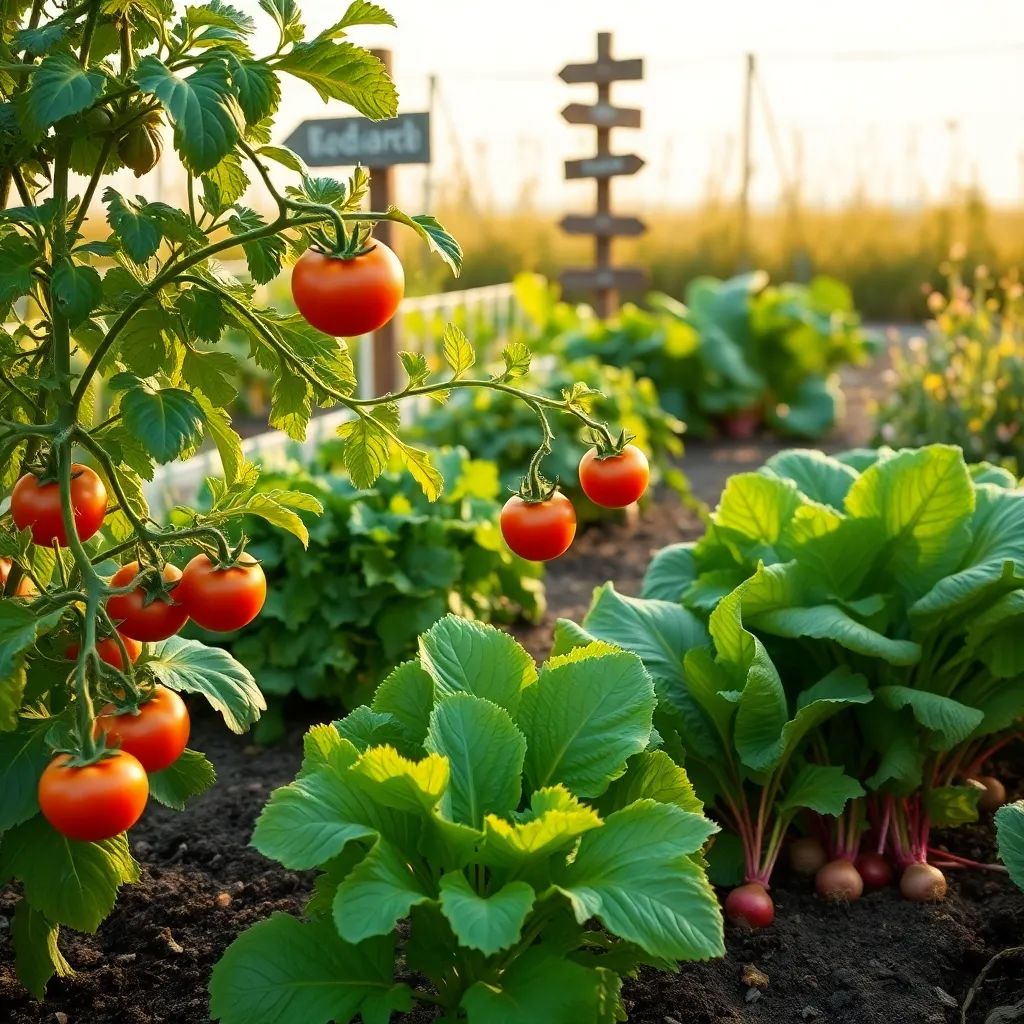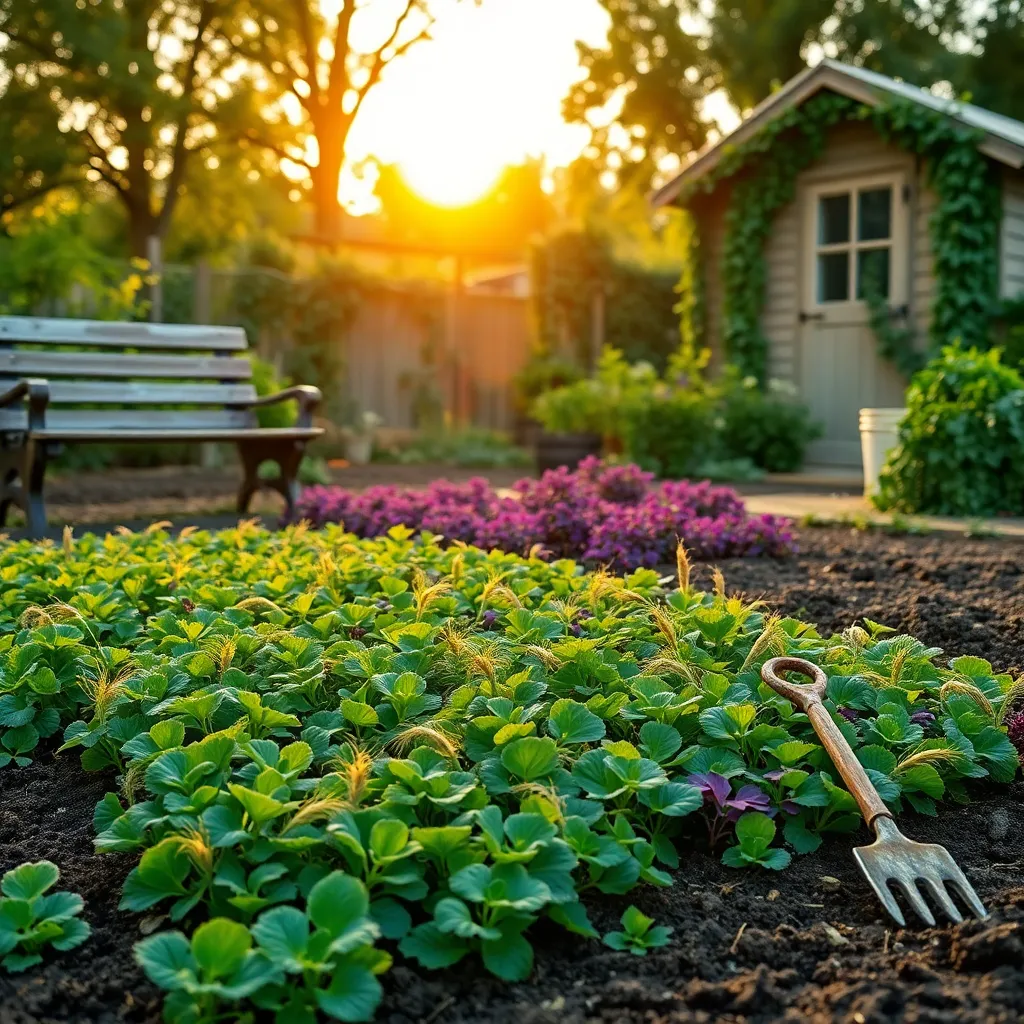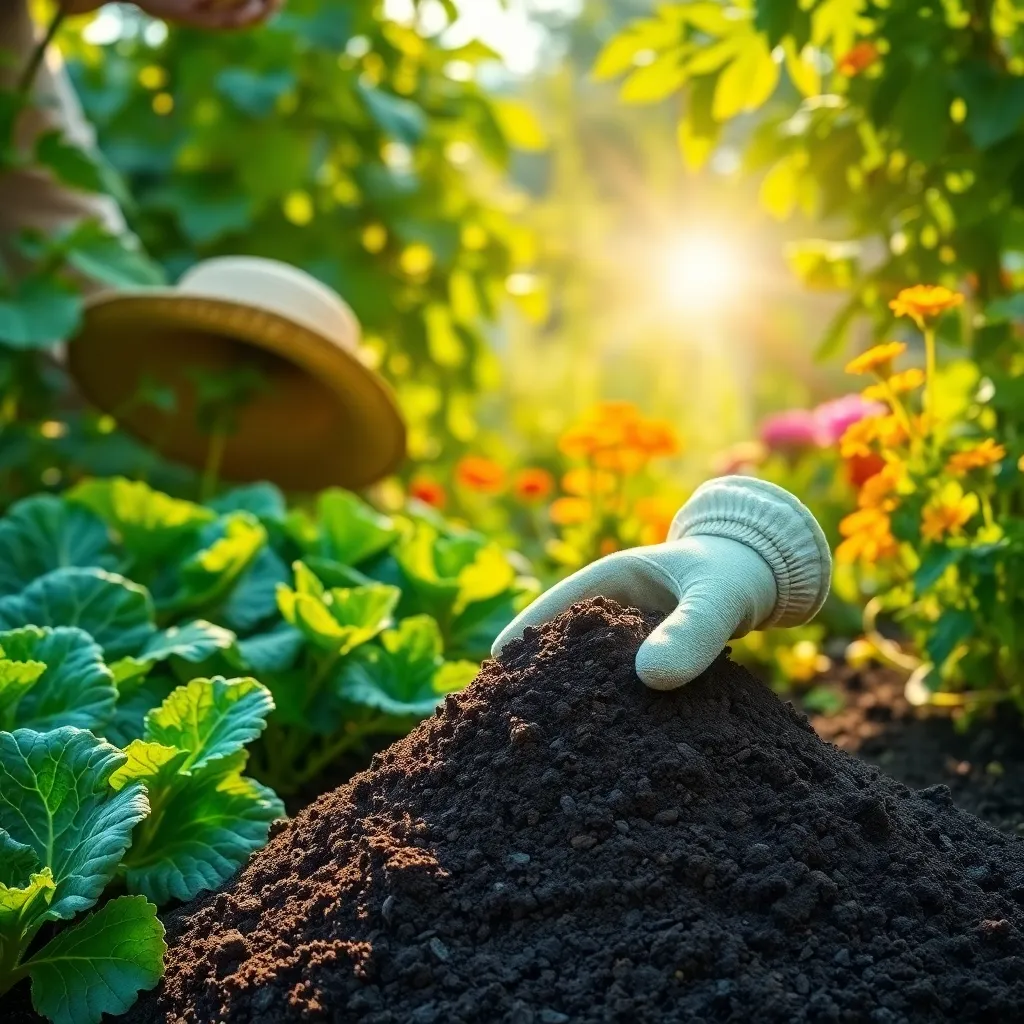Welcome, dear gardeners, to a journey beneath the surface, where the magic of flourishing gardens begins! Whether you’re just starting out with your first pair of gloves or you’ve spent years cultivating your green oasis, “Simple Ways to Improve Garden Soil” is your trusted guide to unlocking the secrets of rich, fertile earth. Soil is the very heart of gardening, and improving its quality can transform your plants from surviving to thriving, offering you a lush, vibrant paradise.
Within these pages, you’ll discover an array of straightforward techniques that promise to elevate your gardening game, no matter your level of expertise. By enriching your soil, you’ll not only boost plant health and productivity but also enhance the joy and satisfaction that comes from nurturing your garden. So, prepare to dig deep, quite literally, into the world of soil improvement, where each step will empower you with confidence and bring you closer to the garden of your dreams.
Incorporate Organic Matter Regularly

Integrating organic matter into your garden soil is an effective way to enhance its fertility and structure. Compost, aged manure, and leaf mold are excellent choices that enrich the soil with essential nutrients and improve its overall health.
Consider adding organic matter at least twice a year, ideally in early spring and late fall. This not only replenishes nutrients but also helps maintain a healthy population of beneficial microorganisms that aid in plant growth.
For beginners, start by simply spreading a layer of compost about 2-3 inches thick over your garden beds and gently working it into the topsoil. More experienced gardeners might experiment with cover cropping techniques, which involve growing specific plants like clover or vetch to later till into the soil, adding organic matter and fixing nitrogen.
When incorporating organic matter, be mindful of your soil type. Sandy soils benefit greatly from added organic matter as it improves moisture retention, while heavy clay soils become more friable and better drained.
Test Soil pH and Adjust

Testing your soil pH is an essential step in understanding your garden’s unique needs. A simple soil test kit, available at most garden centers, can help you determine whether your soil is acidic, neutral, or alkaline.
Once you know your soil’s pH, you can adjust it to better suit your plants. Most vegetables prefer a slightly acidic to neutral pH of 6.0 to 7.0, while blueberries and azaleas thrive in more acidic conditions.
To lower soil pH, you can incorporate elemental sulfur or peat moss into the soil. For gardeners looking to raise the pH, adding lime is a common practice, with dolomitic lime serving a dual purpose by also providing magnesium.
Regular monitoring and adjustment of your soil’s pH can lead to healthier plants and more bountiful harvests. Consider retesting your soil pH every two to three years to ensure it remains in the optimal range for your gardening goals.
Rotate Crops Annually

Rotating your crops annually is a simple yet powerful way to maintain soil health and increase yields. By changing the location of your crops each year, you can help prevent the buildup of pests and diseases that target specific plants.
When planning your garden layout, group plants by their family type, such as nightshades or brassicas. Rotating these groups ensures that each plant family returns to the same plot only every three to four years, reducing soil nutrient depletion.
For beginners, start by keeping a garden journal to track where each crop was planted each year. This record will make it easier to plan rotations in future seasons and ensure that no plant family remains in the same spot for consecutive years.
More experienced gardeners can incorporate cover crops, such as clover or vetch, in their rotation schedule. These cover crops not only improve soil structure but also add valuable nutrients like nitrogen to the soil, benefiting subsequent plantings.
Utilize Cover Crops Off-Season

Incorporating cover crops into your garden during the off-season can significantly enhance soil quality. These plants, such as clover and rye, are sown not for harvesting, but to improve the soil through their natural growth processes.
By planting cover crops, you can prevent soil erosion and suppress weeds, providing a natural defense for your garden. Their roots help to break up compacted soil, promoting better water infiltration and root growth for future plantings.
Consider using a mix of legumes and grasses as cover crops, which offer the additional benefit of fixing atmospheric nitrogen into the soil. This process enriches the soil with nutrients, reducing the need for synthetic fertilizers come planting season.
Once the cover crops have grown sufficiently, they can be mowed down and incorporated into the soil as a green manure. This practice not only adds organic matter but also improves soil structure, making it more fertile and easier to work with.
Add Worm Castings for Nutrition

Worm castings, often referred to as “black gold,” are a powerful addition to your garden soil. These nutrient-rich deposits from earthworms provide a balanced supply of essential nutrients like nitrogen, phosphorus, and potassium, which are crucial for plant health.
Incorporating worm castings into your soil is straightforward and highly effective. Simply mix a small amount, about a quarter to half an inch, into the top layer of your soil to boost its fertility and improve plant growth.
For gardeners looking to optimize their soil health, consider adding worm castings during each planting season. This practice not only enriches the soil but also enhances its water retention capabilities, reducing the frequency of watering required.
Experienced gardeners can benefit from using worm castings as a natural pest deterrent. The castings contain enzymes that can help repel harmful insects, making them an excellent addition to organic gardening practices.
Conclusion: Growing Success with These Plants
In nurturing both our gardens and our relationships, the foundations we lay determine the richness of growth. This article explored five key concepts: understanding the needs of your environment, actively nurturing what you plant, maintaining consistent communication (or care in the gardening context), allowing room for growth and change, and addressing issues promptly before they take root. Just as improving soil enhances plant growth, these principles enrich our connections, fostering deeper bonds and mutual understanding.
As an immediate action, choose one concept and apply it today—perhaps start by opening a dialogue that shows understanding or planning a shared activity that nurtures your bond. Doing so not only strengthens your relationship but also sets the stage for future flourishing.
Bookmark or save this article now, so you can revisit these valuable insights whenever you need a reminder or feel inspired to reflect. Remember, cultivating a thriving relationship garden takes time, patience, and love. With these strategies at your fingertips, you are empowered to create a resilient, blossoming connection that stands the test of time. Together, let’s grow towards a future filled with vibrant, enduring relationships.

